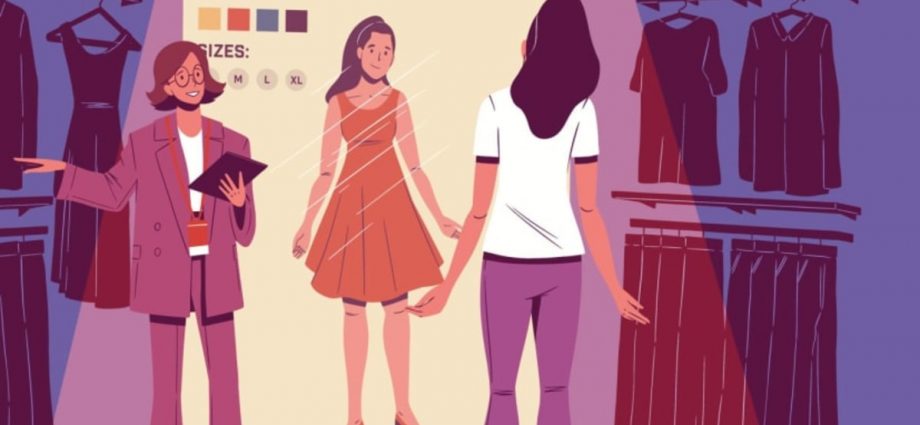
Mr Guillaume Sachet, a partner in KPMG Singapore’s advisory practice, said the pandemic has changed the retail landscape in many ways and accelerated the growth of online shopping.
In order for physical stores to compete with their virtual counterparts, they will have to do something unique, said Professor Lawrence Loh of the National University of Singapore (NUS) Business School.
Otherwise, they will have to lower their prices, though there is only so much they can do so without hurting their bottom line due to higher overhead costs, he said.
The competition that physical stores face from e-commerce has been well-documented, with real estate agency JLL saying in its latest property market outlook report for Singapore that the proportion of online retail sales, excluding motor vehicles, rose from an average of 6.8 per cent in 2019, to an average of 15.9 per cent last year.
The figure, said JLL in its report published in August, remained at an average of 14.9 per cent between January and May this year, even as the lifting of COVID-19 measures encouraged more community activities.
A similar report from another real estate company, Knight Frank, observed that the rise in footfall at the malls corresponds with a moderation in the volume of online sales as many consumers reverted to physical shopping and dining.
Said Mr Sachet: “Now, post-pandemic, we have observed another shift in consumer behaviour where shoppers are adopting a mix of physical and online shopping but expecting personalisation and differentiation from brands.
“This has evolved into what we call ‘experiential retail’ — an immersive experience across channels, both in-store and online.”
A report this year by financial technology firm Adyen on the retail sector found that nearly seven in 10 consumers expect shopping in physical stores to be about “pleasure and excitement”.
Mr Sachet said this is because many consumers, particularly younger ones, now care far more about experiences than products. “The world is moving towards experiences and retailers need to take action,” he said.
Prof Loh also observed the emergence of two trends when it comes to experiential retail: Businesses are either offering what he calls “edu-retail” for enhancing a shopper’s product knowledge, or “retail-tainment” which is using retail marketing as entertainment, to generate a memorable experience for the consumer.
Ms Gauri Talathi-Lamb, the chief executive officer of du Boulay Contracts, a commercial refurbishment contractor under the MBH Group, suggested another factor behind the demand for experiential retail.
She said that in the past, people would go to a place of worship, or to some other community gathering spot, to have conversations with their neighbours.
“Since COVID, however, that has been disrupted quite a lot and the younger generations are missing that ability to connect with the community … people are missing that community element.”
As such, Ms Talathi-Lamb believes that the main goal of experiential retail is to provide people with a community element that they had been missing.
COMMUNITIES FIRST, BUSINESS LATER
Indeed, for most of the retailers TODAY spoke to, community-building seemed to be top of the agenda when it comes to experiential retail.
Over at Midview City along Sin Ming Lane, Living Shrimply co-founders Eugene Ng, 26, and Chean Shao Jie, 24, had the vision of an aquarium store that was more than a place to pick up supplies for the hobby when they turned their e-commerce business into a physical shop in February.

